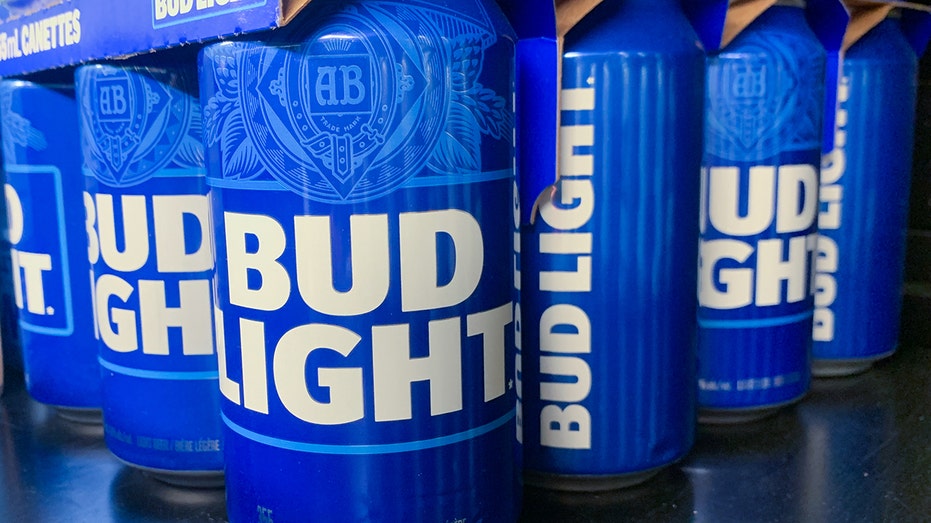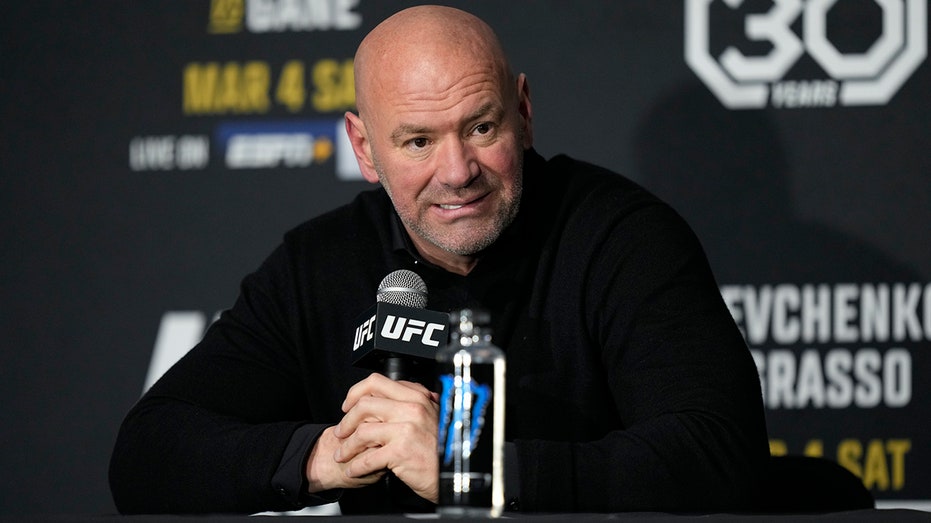
The influential National Association of Realtors and several brokerages were ordered to pay damages to home sellers who said they were forced to pay excessive fees to real estate agents.
A federal jury ruled on Tuesday that the powerful National Association of Realtors and several large brokerages had conspired to artificially inflate the commissions paid to real estate agents, a decision that could radically alter the home-buying process in the United States.
The realtors’ group and brokerages were ordered to pay damages of nearly $1.8 billion. The verdict allows the court to issue treble damages, which means they could swell to more than $5 billion.
It’s a decision that has the potential to rewrite the entire structure of the real estate industry in the United States, lowering the cost of moving homes by reducing commissions. Under a N.A.R. rule, a home seller is required to pay commissions to the agent representing the buyer, which sellers claimed forced them to pay excessive fees to the agents. The home sellers said the brokerages collaborated with N.A.R. to enforce what is called the “cooperative compensation rule.”
But under the verdict, the sellers would no longer be required to pay their buyers’ agents, and agents would be free to set their own commission rates, which could be slashed in half or less. For example, a home seller with a $1 million home can now pay as much as $60,000 in agent commissions — $30,000 to their agent and $30,000 to the buyers’ agent.
N.A.R., alongside Keller Williams, Anywhere (formerly, Realogy), Re/Max and HomeServices of America, had been on trial in Kansas City in an antitrust suit brought by nearly half a million Missouri home sellers.
The home sellers asked for damages of $1.78 billion. Before heading to trial, both Re/Max and Anywhere Real Estate opted to settle, with Re/Max paying $55 million and Anywhere Real Estate, whose subsidiaries include Coldwell Banker, Century 21 Real Estate, and Sotheby’s International Realty, paying $83.5 million in damages.
But N.A.R., as well as Keller Williams and HomeServices, headed to trial. And on Tuesday morning, after deliberating for less than three hours, an eight-person jury delivered the verdict: Yes, there had been a conspiracy, and not only would the defendants be required to pay damages, but those damages could triple.
The Chicago-based N.A.R. is the largest professional organization in the United States. It has more than $1 billion in assets and owns the trademark to the word “Realtor,” making a real estate agent’s ability to buy and sell homes contingent upon the payment of membership dues in much of the country.
N.A.R. said it plans to appeal the verdict, and in an internal memo sent to some members on Tuesday and obtained by The New York Times, the current N.A.R. president, Tracy Kasper wrote, “We remain confident we will ultimately prevail.”
“This verdict does not require a change in our rules,” she continued.
How the ruling plays out remains to be seen, but it’s clear that the verdict — and the size of the damages — point to a shift in the way agent commissions are now paid. Redfin, which earlier this month exited the National Association of Realtors, said that the decision will prompt home buyers and home sellers to now question the standard practice of setting commissions between 5 and 6 percent.
“Traditional brokers will undoubtedly now train their agents to welcome conversations about fees,” said Glenn Kelman, Redfin’s chief executive, in a statement following the verdict. “But it’s also possible that buyers will become the ones who decide how much to pay a buyer’s agent.”
More than 1.5 million real estate agents across the United States pay dues to the organization in order to call themselves Realtors and assure home sellers and home buyers that they are aligned with the organization’s strict policies on ethics and home transactions. But after a series of sexual harassment allegations led to the resignation of the organization’s president this summer, Tuesday’s ruling threatens to further diminish their influence and could, according to some real estate agents, prompt many to abandon them entirely.
“This is an earthquake,” said Jason Haber, a real estate agent with Compass who has been one of the most outspoken critics of N.A.R. in recent months. “I’m disappointed in today’s verdict and I’m even more disappointed in N.A.R. This was their Super Bowl and World Series rolled up into one and not even Taylor Swift could have saved them.”
Mr. Haber, who created a grass-roots organization demanding the resignation of N.A.R.’s top leadership after the sexual harassment allegations came to light this summer, said he believed that there was no conspiracy when it comes to agent commissions, and that N.A.R. had let down its members by failing to present a stronger defense in court.
“As a dues-paying agent, they failed me, they failed all of my colleagues. Had they spent more time focusing on the trial and less time silencing women, maybe the outcome would have been different,” he said.
In an emailed statement, Mantill Williams, a spokesman for N.A.R., said the case will likely not be settled for a long time.
“We will continue to focus on our mission to advocate for homeownership and always put consumer interests first. It will likely be several years before this case is finally resolved,” he said.
Makenzy Mohrman, a financial services analyst at Capstone LLC, said the verdict was just the beginning of changes in the industry, noting the U.S. Department of Justice is likely to pursue a more thorough investigation of how real estate transactions are handled in the United States.
“Antitrust has been a top issue for the administration. This is something that will affect a lot of consumers,” she said in an emailed statement.
“We believe this is a significant hit for real estate brokers, but we don’t think this is over yet at all. There are more battles to be had,” she wrote. “This is the first domino to fall, but the National Association of Realtors is still on the hook.”
Brokerages who chose to settle ahead of the trial said they were pleased with their decision.
“The settlement releases our company, affiliated agents, and franchisees from liability related to these claims. The jury verdict, while disappointing, does not alter our settlement,” said Trey Sarten, a spokesman for Anywhere Real Estate, in an emailed statement.
Those who had lost previous court battles with N.A.R. were celebrating.
Jack Ryan, the chief executive of REX Real Estate, which in August lost an antitrust lawsuit against N.A.R., Zillow and Trulia, has been outspoken about setting commissions lower. In a text message on Tuesday, he hailed the verdict as “extremely good news for Americans.”
If commissions can be lowered, “the price of every home will come down, jobs and wages will go up, tax revenues will increase, people can easily move to better and more fulfilling jobs,” he wrote.
Other lawsuits are now imminent. Within minutes of receiving the verdict on Tuesday, the lawyers for the plaintiffs entered another class-action suit into U.S. District Court in Missouri. That case, filed on behalf of three new home sellers, also claims the practice of having home sellers pay sales commissions to buyers’ agents is a violation of the Sherman Antitrust Act. It names N.A.R. as a defendant, as well as several major brokerages including Compass, eXp World Holdings, Redfin and Douglas Elliman.
Home Sellers Win $1.8 Billion After Jury Finds Conspiracy Among Realtors - The New York Times
Read More











